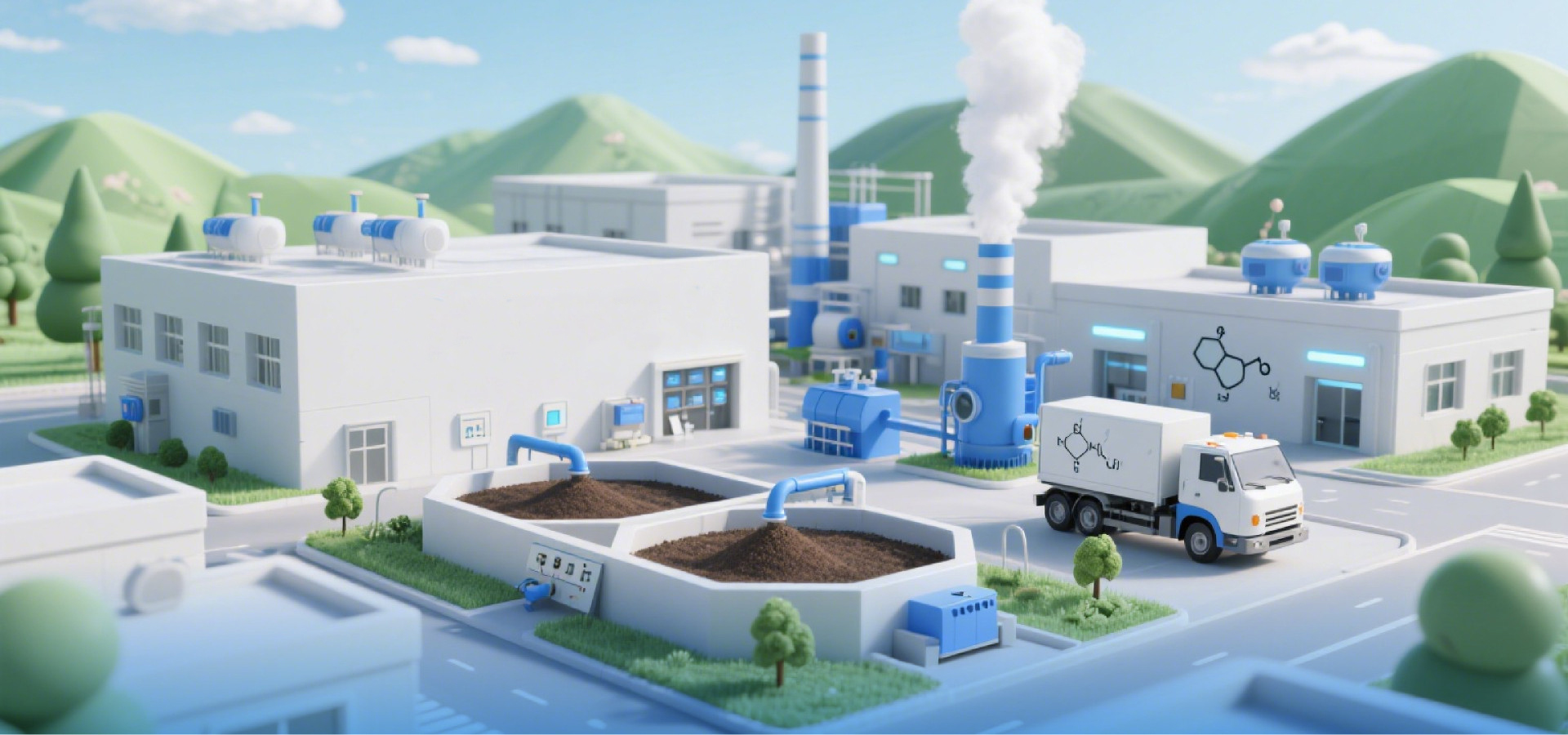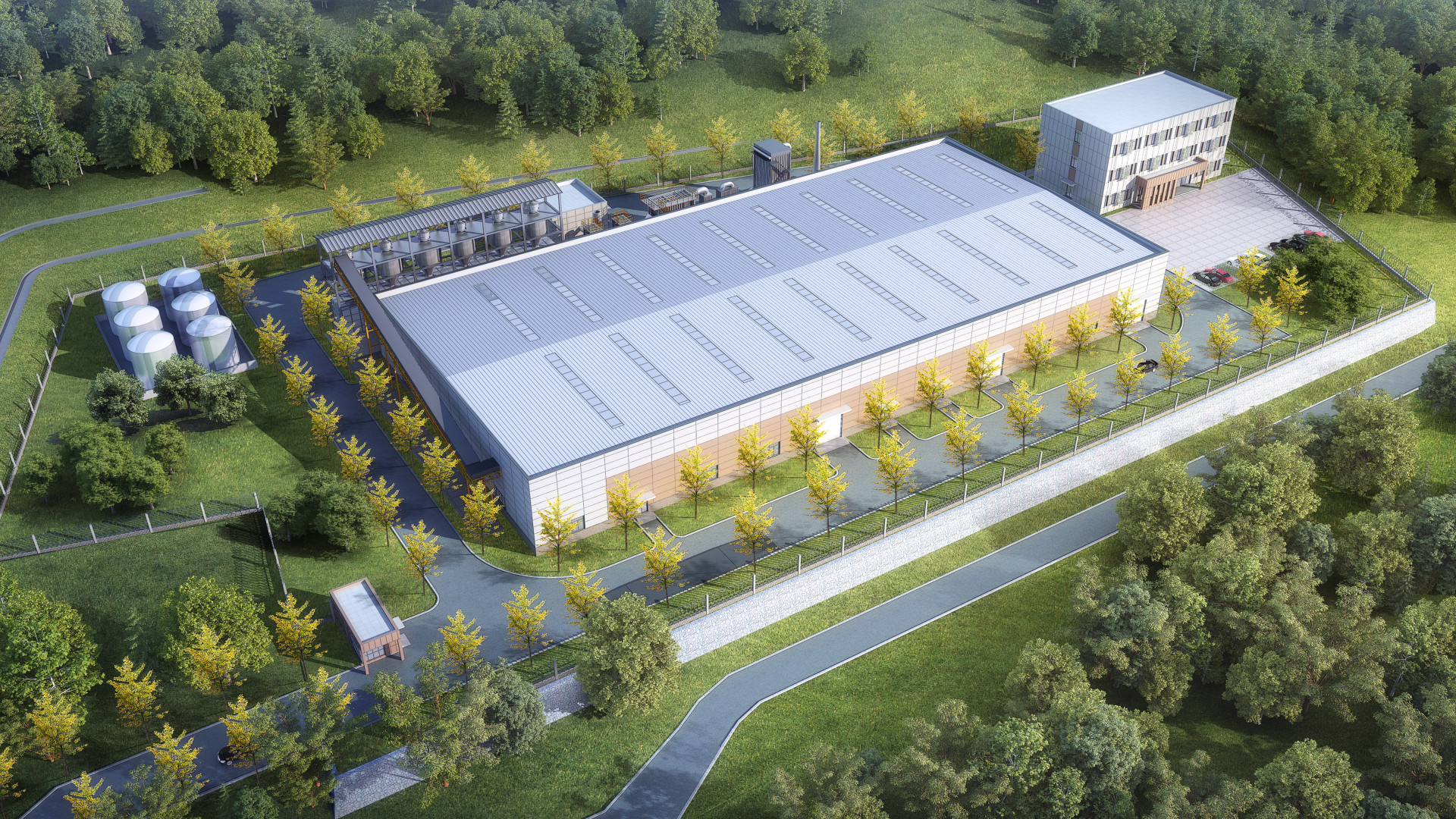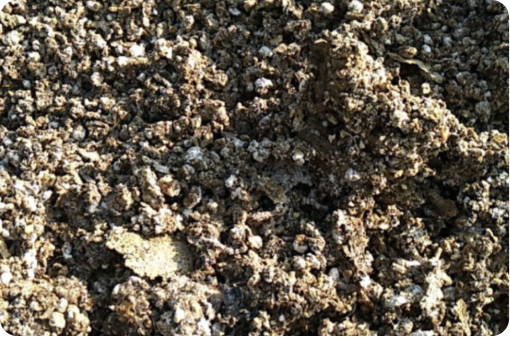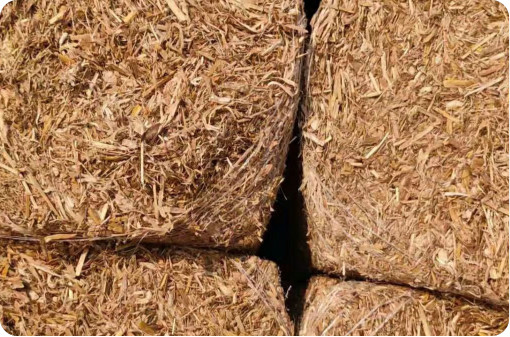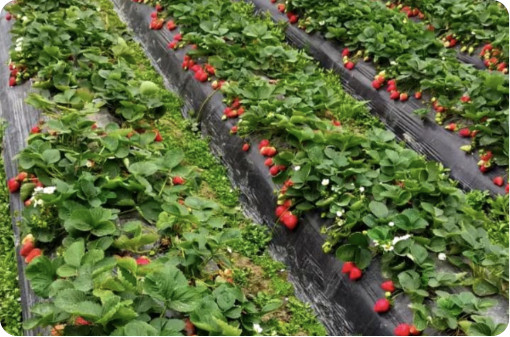Agricultural Circular Economy Project
This low-carbon project uses hydrothermal cracking technology to convert manure, straw, and crop residues into 65,000 tons of small-molecule fertilizers each year. Powered by its own waste-to-energy system, it improves soil, boosts crop yield, supports local farming, and generates extra income.


